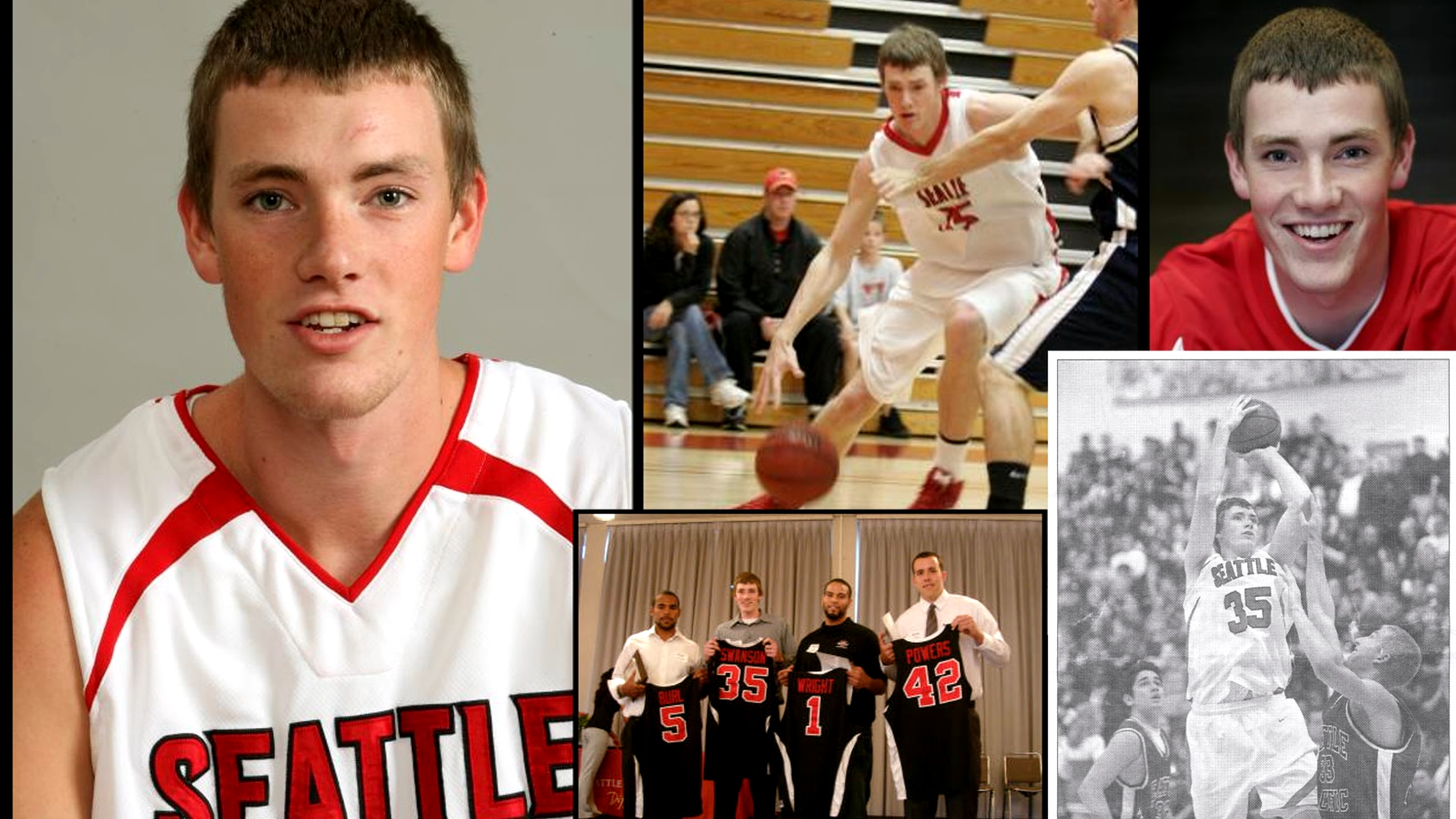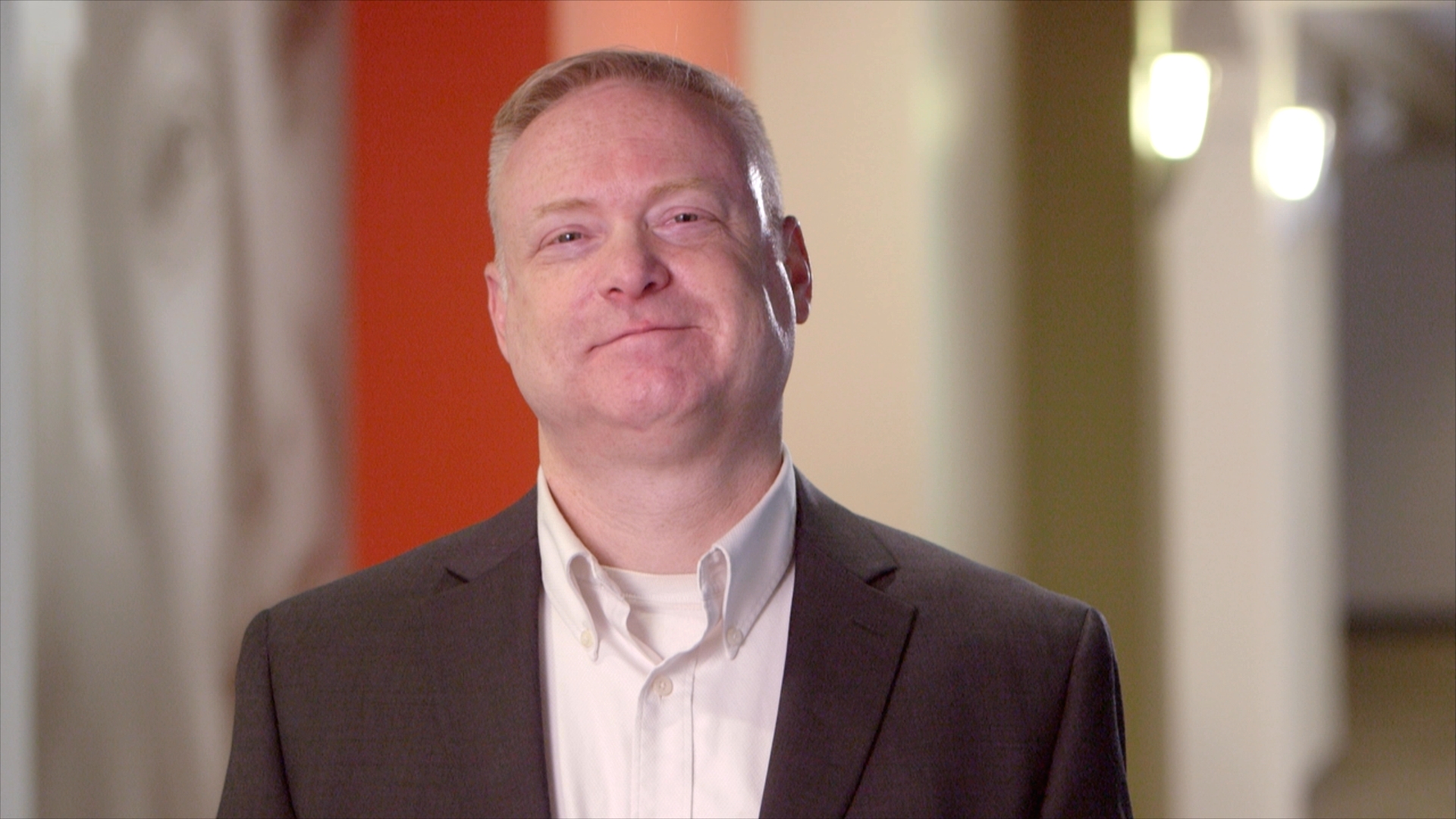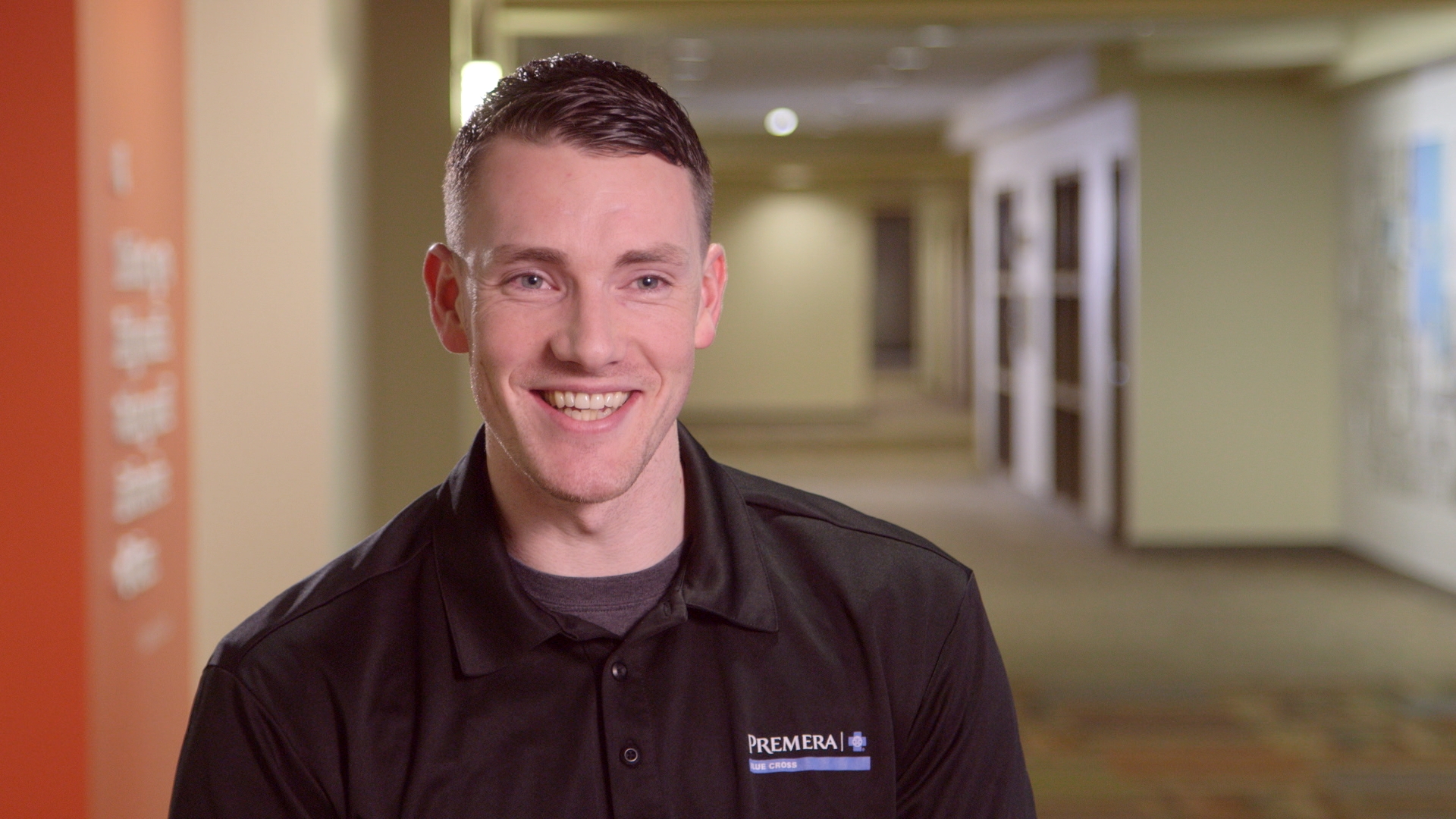Sponsored Content
How a young basketball star fell to addiction, and rebounded

Leigh Swanson’s college basketball statistics read like those of an NBA player. As a celebrated member of the Seattle University men’s basketball team, the six-foot, eight-inch-tall forward appeared in 20 games his 2008-2009 senior season, shooting a stellar 90.9 percent from the free throw line on 22 attempts. His 45.8 percent shooting from the field ranked fourth on the team. He entered his final season with 756 career points and 381 career rebounds.
The accolades didn’t stop when he walked off the court. His junior season, Swanson was one of only three men’s basketball players named to the Academic All-GNAC (Great Northwest Athletic Conference) team for the second consecutive year.
Swanson’s successes could fill a dozen family scrapbooks, but perhaps the proudest life moment for the now-31-year-old, who works as an account services representative for Premera Blue Cross, happened on April 4, 2015, far from the arenas where he was cheered for his athletic accomplishments and the lecture halls where he found academic success.
On that day, the day before Easter Sunday, Swanson made the decision to kick a crippling 10-year addiction to opioids.
“It never felt enough.”
Swanson grew up in the small town of Brier, Wash., spending summers roaming the neighborhood with friends and playing basketball on his parents’ home court. His hoop skills made him a star at Mountlake Terrace High School, where he was rated one of the top 20 power forwards on the West Coast. His skills on the court and straight-As in the classroom earned him a full-ride athletic scholarship to Seattle University, where he majored in marketing.
In high school, Swanson dabbled in alcohol and marijuana, but told himself he’d never try harder drugs his friends were using. In college, a new-found freedom coupled with curiosity drew him to experiment. He tried OxyContin his freshman year.
“It grabbed me by the soul,” Swanson says.
From the moment Swanson took his first hit, he thought about the drug constantly. Initially, he bummed pills off friends at parties on the weekends, but he soon started obtaining his own prescription pills illegally.
The progression from occasional use to addiction was swift. For a young man who had always had trouble dealing with stress and anxiety as a youth, the pain pills seemed to be the perfect salve.
“Of all my success in high school, it never felt enough,” says Swanson. “I just had so much pressure and never felt like I could handle it. Drugs felt like a solution for me. They alleviated those stressors and made me feel OK.”
By sophomore year of college, he was an everyday OxyContin user. Swanson knew he was addicted, and soon his parents knew as well. He started taking the prescription drug Suboxone to wean himself off the opioids, but it was a temporary solution.
“I was able to keep playing (basketball) and going to college, but I didn’t really treat the disease,” says Swanson. “I just substituted another drug in.”
Swanson eventually turned to heroin. The street drug gave him the same high as OxyContin but was easier to obtain and cost much less. He tried smoking it, but didn’t like the taste, so he turned to needles. By the time Swanson was a Seattle University senior, he was a full-blown heroin addict, and would remain so for the next six years.
Local and national epidemic
Swanson joins countless other Americans who have faced struggles with opioids. The U.S. Department of Health and Human Services reports that, in 2016, 2.1 million people had an opioid use disorder. More than 17,000 deaths were attributed to overdosing on commonly prescribed opioids, and an additional 15,400 died from heroin.
According to the Blue Cross Blue Shield Health Index, substance use disorders (which includes OxyContin) rank sixth nationally of 200 health conditions adversely affecting the health and well-being of commercially insured Americans. In Snohomish County, it ranks fourth, ahead of coronary disease, type II diabetes, and alcohol use disorder.
While the disease of opioid addiction is common, it’s also widely misunderstood.

Premera Blue Cross Medical Director Shawn West wants Premera customers to know they won’t be shamed or judged if they turn to their provider or primary care doctor for help with opioid addiction.
“Sometimes we think we know what people with addiction issues look like,” says Shawn West, medical director for Premera Blue Cross who also serves as a family physician in Edmonds, Wash. The truth, he says, is “it can be anybody — anyone you know at any time for different reasons.”
People may find themselves with leftover prescription painkillers in their medicine cabinet following a surgery or a third molar extraction, for example, and like Swanson, can quickly become dependent.
Premera customer service representatives are taught to listen for signs that customers need help and refer them to case managers who are trained in dealing with potential addiction issues. Premera stays in touch with patients’ health care providers so that potentially harmful prescription drug combinations are flagged. They understand that behavioral health is not separate from physical or dental health. They take a holistic approach to patient care with the goal of identifying and treating the root causes of addiction.
And while Premera offers numerous ways for customers to reach out for help with addiction, the insurer also wants customers to know that they will not be denied pain medication if they need it.
“There is a place for opioids in the treatment of pain, but often times the pendulum will swing too far in one direction,” says West, who understands patients experiencing real pain may sometimes feel the backlash of well-meaning addiction prevention programs. “We want to do everything we can to keep that from happening. If people need opioids for pain, we want to be sure there are no obstacles in their way.”
But perhaps most importantly, Premera wants its customers to know they won’t be shamed or judged if they turn to their provider or primary care doctor for help with opioid addiction.
“It’s about meeting people where they are at,” says West. “We’ll ask, ‘Where do you want to go? How is this affecting your life?’ Maybe they aren’t ready, but they know we are here to help when they are.”
Turning point
That day before Easter Sunday back in 2015, Swanson and a friend were in a friend’s bathroom, both with heroin-filled needles in hand, when something made Swanson take pause. It was a position he’d found himself in hundreds of times, but this day he looked at himself in the mirror and asked himself, ‘Is this it? Is this really what you want to do for the rest of your life?’
He thought back on all the times that should have made him stop using: when his mother found needles in his bedroom on Christmas morning, the times he stole from family and teammates to support his drug habit, the countless days of being dope sick.
“I said, ‘I am done,’” says Swanson. “I was exhausted, beaten, broken. It was the lowest I felt in my life. But it was the best thing that ever happened to me.”
Soon after that, Swanson started a 12-step recovery program and moved into a clean and sober house. He hasn’t taken drugs since, although he won’t say he’s in the clear.
“The last three years have been a rebuilding process,” he says. “I’m never cured.”

While a decade of drug addiction cost Swanson his dreams of a professional basketball career, he has been able to stay focused on recovery and reconstruct his life by doing weekly volunteer shifts with the Seattle chapter of Not One More, a group founded to help educate families and communities about the hazards of heroin and other drug use. Swanson spends Sunday afternoons at downtown Seattle’s Westlake Park offering clothing, food and clean needles to those struggling with the disease of addiction.
“It gets me outside of myself, and makes me focus on someone other than me,” Swanson says of the volunteer work. “When I’m serving others, I’m in the moment – I can empathize with others.
It’s also, he says, “a good reminder of where I can end up, of where I’ve been. I walk away from these experiences feeling confident I’m on the right path today.”
Swanson also finds great satisfaction in his job with Premera, where he often interacts with customers at jobsites and on the phone. His experience with addiction has made him hyper-aware of customers in need, and has been able to connect several with the addiction services they need.
While Swanson’s outreach has helped him deal with his own issues, it also underscores Premera’s message that anyone can become addicted. And everyone deserves respect.
“The stigma that comes with being an addict is often a barrier that comes between people and the help they’re seeking,” says Swanson. “I want to remove those barriers.”

